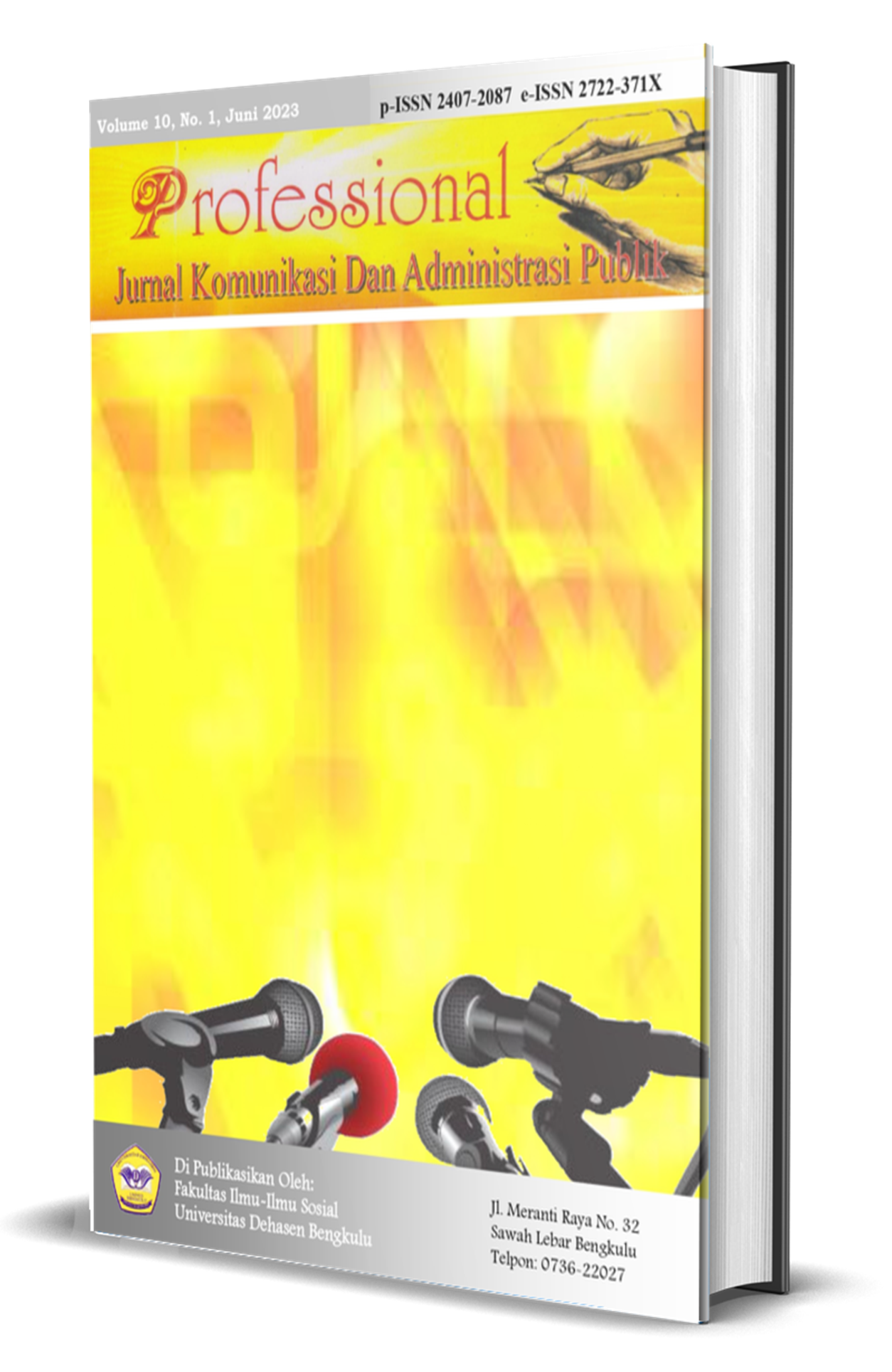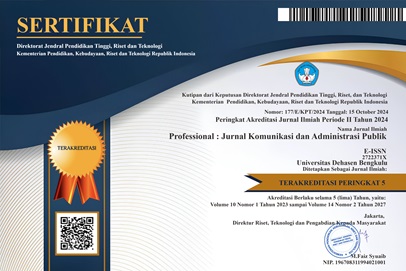Pemanfaatan Fitur Shopee Sebagai Media Silaturahmi
Abstract
This research is entitled "Utilization of Shopee Features as Friendshio Media". The rapid development of technology affects changes in the new communication style carried out by the community. With the development of this technology, online media is not only a means of communicating but also used as a fulfillment of individual needs. With this, current technological advances can change patterns in staying in touch between individuals efficiently. The purpose of this study is to determine the utilization of Shopee features as a medium for friendship. This research uses qualitative research methods and uses data collection techniques by means of observation and interviews. This study uses the Uses and Gratifications theory, the results of which show that the utilization of the THR Shopee feature and the Bank Transfer feature is an innovation that supports many activities between individuals to stay in touch in different ways, informants use this feature with their various needs. There are 5 dimensions of needs that are in accordance with the informants in the Uses and Gratifications theory in utilizing the Shopee feature as a gathering media, namely: cognitive needs related to information and knowledge of the surrounding environment, affective needs related to the pleasant experience of individuals in utilizing a medium, personal needs related to work or personality, social needs related to family or friends in the neighborhood, and tension release needs related to the individual's desire to release pressure after doing something.
Downloads
Copyright (c) 2024 Muhammad Rade Alfa Anggara, Sapta Sari, Vethy Octaviani

This work is licensed under a Creative Commons Attribution-ShareAlike 4.0 International License.





